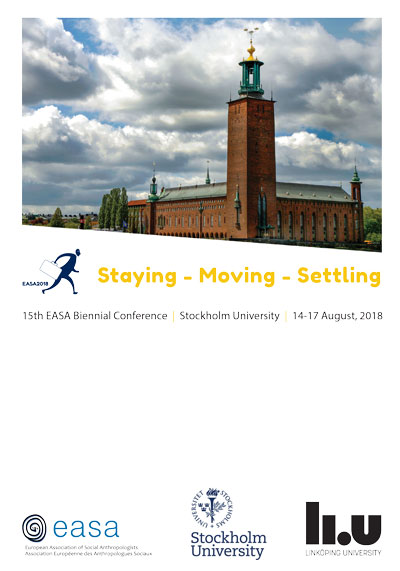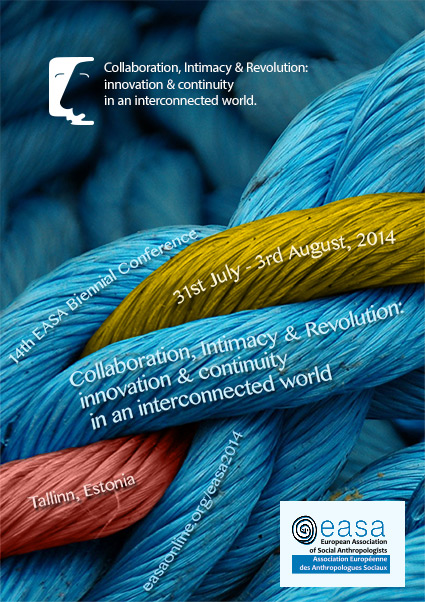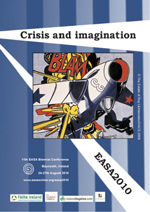Cookie-script since Sep 2021
Cookie script installed 2021-09-22 – so stats are taken from that point, as it will affect users that they can opt out of GA cookies.
It also affects how many users are counted as New users – as the cookiescript reloads upon accepting cookies – something to look at? I have set it to reload because the cookie decision does not seem to be acted upon unless reload.
SENDY Campaigns
The campaigns in Sendy are mostly tracked in GA, apart from the odd campaign where the field for Query string is empty – seems to happen for EASA general News mostly so this process should be reviewed.
Campaigns are tracked for longer in Google, hence higher numbers. IE. EASA2022 Online access email campaign (sent July 2022) still gets 10 hits in Jan 2023 – this is not tracked by Sendy.
Idea: If this email campaign “EASA2022 Online access“ l is still being visited in Jan 2022 because people are looking for Online access to conference abstracts, then we could make these easier accessible over the website?
RECOMMENDATION: Review how sendy emails are sent as query string sometimes missing
Recommendation: give query string / campaign title / web page same words as difficult to identify sendy campaign in GA otherwise.
RECOMMENDATION: always feature the last conference somewhere prominent with the links to the programme and a one-line explanation of what they kind find, how to find it?
BROWSERS AND DEVICES
24% are viewing on mobile – less that other sites.
AM: 7% HDCA 23%, RAI 43%, , DSA 29%, EASST 22%.
Comparing number of users of EASA to other sites
Compare EASA 0921-0122 / Current Members: 2478 / Website users: 459,016
Compare EASST: 0921-0122 / Current Members: 843 / Website users: 94,861
DSA / Current Members: 928 / Website users: 120,938
RAI / Current Members: 2016 / Website users: 32,102
IAI / Website users: 18,430
HDCA: Website users: 109,715
AM Website users: 62,098
POPULAR PAGES EXCLUDING CONFERENCE PAGES
/publications/policy/why_en LANDING/EXIT PAGE front page
/conferences/ LANDING/EXIT PAGE menu link
/membership/ LANDING/EXIT PAGE tool menu
/networks/ menu link
/journal/ front page
/about/ menu link
/publications/
/easa/membershipform.php5
/networks/anthromob/
/networks/media/eseminars
/networks/app_anth/
/directory
/networks/agenet/
RECOMMENDATION:
- Now: Check the 3 most popular pages for errors etc, outdated content, layout etc
- Memb and Conf must be direct links in menu/on page. https://easaonline.org/membership/ https://easaonline.org/conferences/
- Check acquisition for memb and conf – what drives traffic to these two pages, as in “what are people looking for?” Could it be accessible on the home page?
- Why anthropology Matters needs at least one featured image and should continue to be featured one home page
- “Why Anthro … “ popular not only because of external links but also because it is prominent on the desktop home page?
- We need to ask EASA what other resources they want to feature like this.
https://easaonline.org//publications/policy/why_en - Join EASA should be button on home page
- Networks homepages with (photos / logos) easily clickable, recognisable on second click, also at the bottom of home page. Or all pages? Or just network pages?
PROMINENCE VS POPULARITY – CASE STUDY
A note about statements and letters: prominence vs popularity.
Comparing these two:
1. https://easaonline.org//publications/policy/why_en
2. https://easaonline.org/outputs/support/ababrazil.shtml
- 360 hits in the last `18 days.
- 34 hits.
Both have max prominence on the home page. Something to consider.
Orgs like EASA and IUAES place a lot of importance on these political statements. I would suggest from looking at the stats, that placing the statements prominently on the home page may not have intended impact. How can these statements be disseminated in a more effective way? Direct posting in Social Media? Again,. What is the goal. Image? Impact? It would be useful for us to know more about the intention.
NEWS PAGES – DO GET TRAFFIC on other sites?
I recommend not to publish content on a page “News” Blog” “Insights” but only publish news on the home page. If a site is well structured, then all these news items will belong under one of the main categories / 1st level menu links and can be retrieved there when no longer news.
Out of the similar websites we run: Sief, RAI, EASST, HDCA, CESS, only 2 have News pages:
https://www.devstud.org.uk/news-insights/ less than 1% of traffic, no 21 in page ranking popularity
https://hd-ca.org/news ca 35% of traffic, no 31 in page ranking.
GOAL AND FOCUS
What does EASA want to achieve with their website? Increased membership? More impact? Sell anthropology? Look modern and interesting? What content do they want to drive traffic to, and why?
WHICH SEARCH TERMS and RESULTS BRINGS TRAFFIC?
Most searches which bring users to the site are to do with the latest conference:
EAS2022, Easa belfast, EASA conference etc EASA’s latest conference is first hit on search terms “EASA 2022” and “EASA Belfast”.
RECOMMENDATION: Make latest conference with links to programme a direct link permanent link in menu and/or homepage above fold.
Google searches which drive traffic
(these stats are short term as I have just set them up):
ugo fabietti
anthropology of social media
easa conference
collaborative research anthropology
anthropology and social media
antart
easa temple
amce
 Ethnographic film, and visual anthropology more generally, have a well-established position within the discipline’s mainstream. The RAI acts as contact point in the UK for information, networking and advice in visual anthropology, organises film screenings and lectures, and provides a base for international visitors. In addition it supplies a service based on the acquisition, hiring out and sale of ethnographic films, videos and DVDs for educational and academic purposes. The RAI’s
Ethnographic film, and visual anthropology more generally, have a well-established position within the discipline’s mainstream. The RAI acts as contact point in the UK for information, networking and advice in visual anthropology, organises film screenings and lectures, and provides a base for international visitors. In addition it supplies a service based on the acquisition, hiring out and sale of ethnographic films, videos and DVDs for educational and academic purposes. The RAI’s 


























 The handover meeting for the new Executive Committee will take place 6-8 February 2023 in Barcelona. (
The handover meeting for the new Executive Committee will take place 6-8 February 2023 in Barcelona. ( It is that time of the second year of our mandate when it becomes difficult not only to rush ahead to finish off initiated projects. (
It is that time of the second year of our mandate when it becomes difficult not only to rush ahead to finish off initiated projects. ( EASA supports Brazilian scholarly societies demand for accountability from the attackers of Brazilian democracy and their backers. (
EASA supports Brazilian scholarly societies demand for accountability from the attackers of Brazilian democracy and their backers. (


